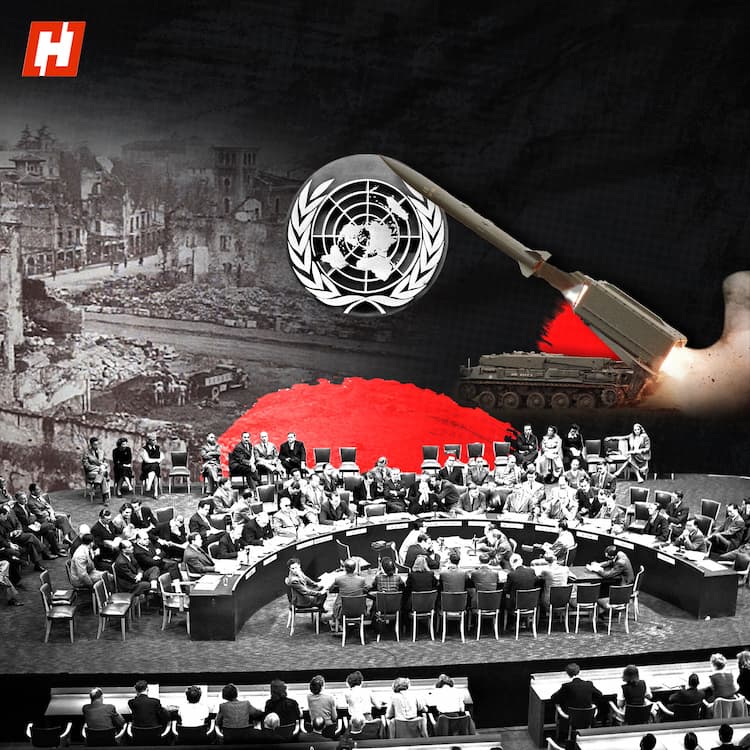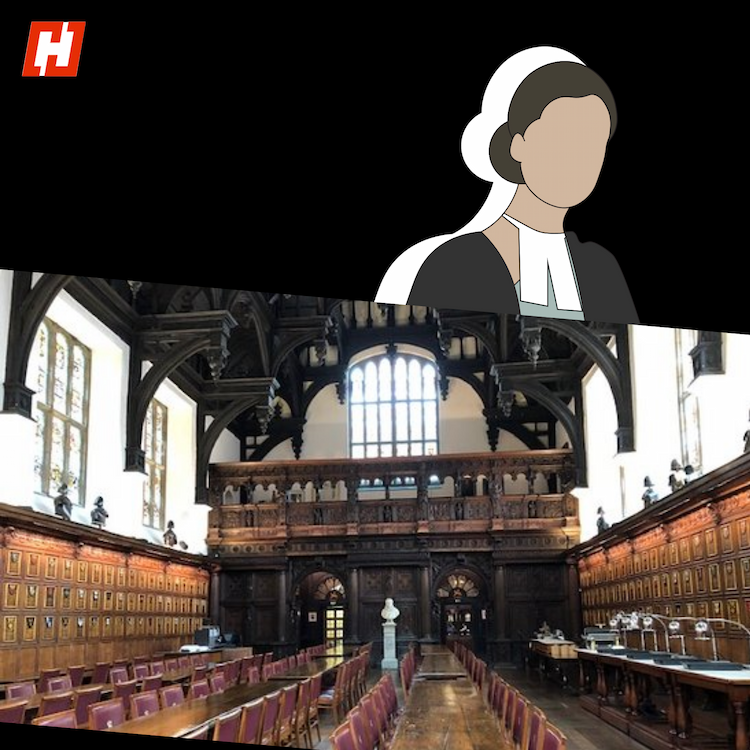As the revered Dalai Lama turns 90, the fates of Tibetan Buddhism and the hundreds of thousands of Tibetans in exile are seemingly in an inextricable struggle with China and a ‘Golden Urn’.
But first, let’s take a look at the arduous yet fascinating journey of a simple village boy who became a much-loved spiritual leader.
Lhamo Thondup was born into a farming family in 1935 in what was then northeastern Tibet and is now Qinghai Province in China. At the tender age of just 2 years, when most children’s priorities are simply sleeping, eating and throwing tantrums, Thondup was recognized as the reincarnation of the 13th Dalai Lama. Soon afterward, he began his monastic training alongside Buddhist philosophical studies.
During the winter of 1940, Thondup was taken to the Potala Palace, where he was officially installed as the spiritual leader of Tibet. Soon after, His Holiness forfeited his given name and assumed a new one, Tenzin Gyatso.
Little did he know the role he would play in the fight for Tibet that still rages today.
In 1950, at the age 15, when Chinese troops entered Tibet, the Dalai Lama became Tibet’s de facto political leader in addition to his spiritual duties, guiding the Tibetan people through the crisis. But in 1959, during the violent quashing of the Tibetan uprising, the Dalai Lama fled for India with many of his followers. After settling in the Himalayan town of Dharamsala, the Dalai Lama formed a government in exile and is yet to return.
China denounced him as a separatist who seeks independence for Tibet, where more than six million Tibetans still live. In his absence, Beijing has tried to bring elements of the Tibetan religious institution under state control. Whilst simultaneously working to erase Tibetan culture, in order to absorb the people into one nation united around the Communist Party. Beijing hopes it would thus end the struggle for Tibetan autonomy.
Notably so when the 10th Panchen Lama, Tibet’s second-highest spiritual figure, died in 1989. The Dalai Lama had named the 5-year-old son of a herder as the successor. China saw its chance, and in an audacious move, the boy and his family were kidnapped. That boy - who has not been seen since - was replaced with a monk chosen by Beijing.
Fast forwarding to 2011, the Dalai Lama completed a process of gradually relinquishing his role as political leader, in order to strengthen the democratic structure of the Tibetan movement. Importantly, he retained his position as its spiritual leader.
But now, it's time for him to choose a successor.
For centuries, customs dictate that the search for a Dalai Lama’s reincarnation, his successor, begins only upon the incumbent’s death. Not only do Tibetan Buddhist leaders need to find and solve clues left by the previous Dalai Lama, candidates are then tested to see if they show any traits that could be deemed especially holy. And like in the case of the 14th Dalai Lama, another decade or more can pass while the child is educated and prepared for the role.
This has led to fears that China would exploit that gap. A fear that has acutely shaped the Dalai Lama’s strategy as he looks to shield Tibetan Buddhism from political manipulation by Beijing.
The Dalai Lama has already declared that his successor would be born in a free country, indicating that the next Dalai Lama could come from among Tibetan exiles, including those in India. He has also said that his successor could be an adult, and not necessarily a man - which is a radical notion given the norm. Furthermore, he made clear that his office had “sole authority” in identifying the next Dalai Lama.
For context - The Dalai Lama is referring to the Gaden Phodrang Trust, a religious body of Buddhist monks who are part of the office of the Dalai Lama in India.
The ‘Golden Urn’ & the China threat
Not one to back down from a fight, China’s leaders claim that only the ruling Communist Party - an avowed atheist organization - can name the next incarnation of the Dalai Lama. To do so, the Chinese government has tried to resurrect a ‘Golden Urn’ system - a ritual relic introduced in 1792 by China’s Qing dynasty.
Mao Ning, China's Foreign Ministry spokesperson declared that the reincarnation of the Dalai Lama must adhere to the principles of domestic search and importantly drawing from the ‘Golden Urn’. Further she insisted that the name drawn must get the nod of the central Communist Party government, follow religious rituals and be “handled in accordance with national laws and regulations”.
The ‘Golden Urn’ process involves slips with the names of candidates being placed into the urn with one name drawn to determine the rightful reincarnation. The original intention was to reduce corruption and consolidate imperial control over Tibetan affairs, with the urn as much a political tool as it was a religious one. It has since become the centerpiece of China’s claim to legitimacy in choosing Tibetan spiritual leaders.
When asked what he makes of China’s ‘Golden Urn’ strategy, the Dalai Lama unequivocally rejected it. In both his 2011 and 2025 statements, the Dalai Lama emphasised that the ‘Golden Urn’ is not a genuine spiritual mechanism but an imperial relic of domination.
Whatever happens, for now let’s just enjoy the time we have left with the Nobel Peace Prize-winning monk, who has always faced his adversities with that patented smile.





